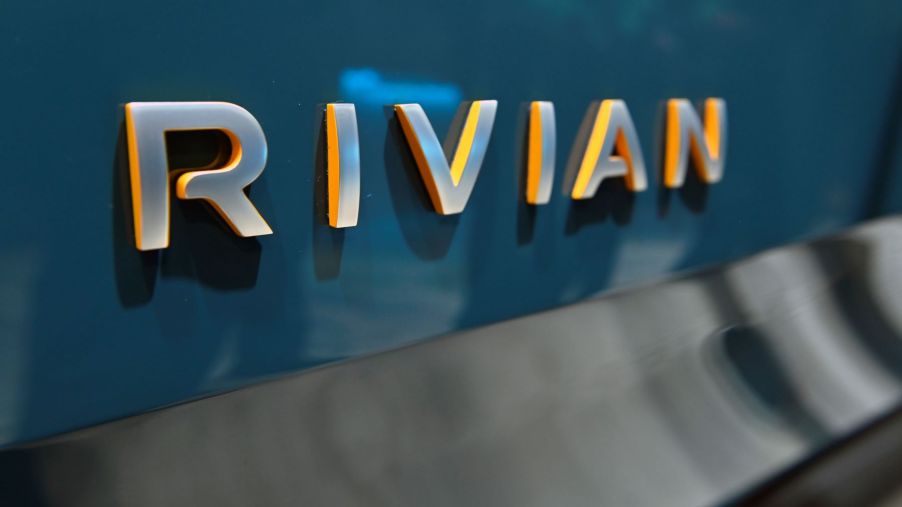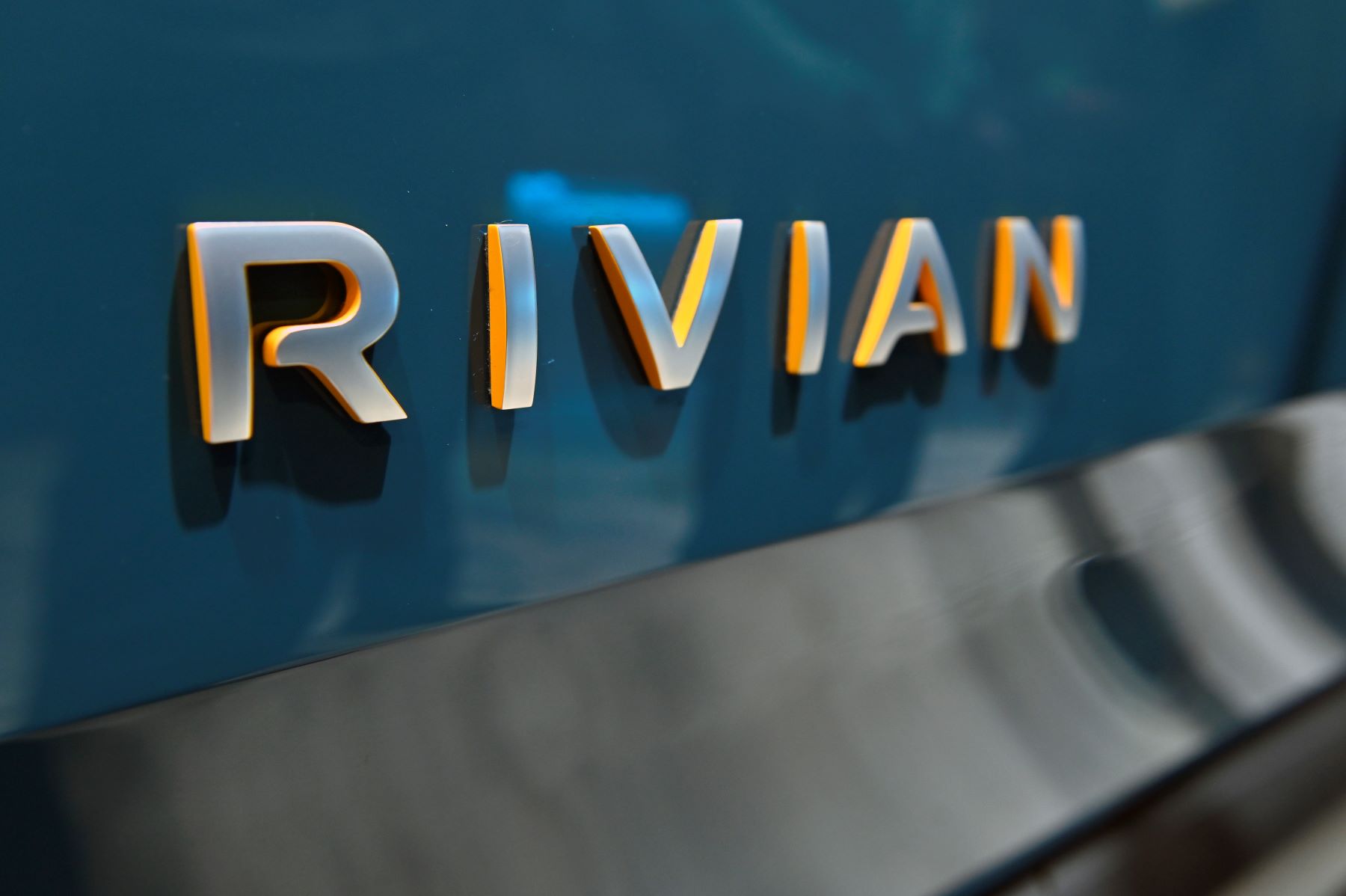
Rivian Reports Plans to Spend $5 Billion for a Second U.S. Assembly Plant
The electric vehicle market has long been dominated by Tesla, but there is a new player in town. Rivian, led by the anti-Elon Musk, Robert Scaringe, has already shown that the company is a worthy competitor to Tesla. In addition to the company’s upcoming vehicles, Rivian recently partnered with The Nature Conservatory to create the Rivian Forever Fund to protect and preserve our environment. So, besides wanting to protect our environment, what else is Rivian up to?
Rivian’s company goals

Rivian was founded in 2009 by Scaringe, who is also the company’s CEO, and in 2011 began focusing specifically on autonomous EVs. One of the company’s most prominent investors is Amazon, and in 2019, the online shopping giant ordered 100,000 all-electric delivery vans. More recently, in August 2021, Rivian filed for an IPO with a valuation of around $80 billion.
The start-up, and challenger to Tesla, has a goal of achieving carbon neutrality and building a collaborative culture and creating solutions that elicit a shift in consumer mindsets while inspiring other companies to fundamentally change the way they operate. Additionally, Rivian is attempting to build an “entire ecosystem” of related products, including an exclusive charging network in the U.S. and Canada, which does not necessarily align with building a collaborative culture.
Rivian’s automotive products
Currently, Rivian has two cars available, the R1S and the R1T. The R1T, the first vehicle released by the new company, is an all-electric crew cab pickup truck with an electric motor on each wheel. Combined, the quad-motor powertrain produces over 800 horsepower and 908 lb-ft of torque with a reported 0-60 mph speed of 3.0 seconds. At its initial launch, the base model will have the options of a 135 kWh battery pack with a reported range of 300 miles and a 180 kWh battery pack with a reported range of 400 miles. Additionally, the Rivian R1T has a towing capacity of 11,000 lbs and a payload capacity of 1,760 lbs.
The Rivian R1S is an all-electric SUV that features the same quad-motor powertrain and reportedly has the same specs as the R1T, except for its towing capacity, which is only 7,700 lbs, and the payload capacity, which instead is rated at 1,800 lbs. Fuel economy ratings are also very similar at 74/66/70 MPGe and 73/65/69 MPGe city/highway/combined for the R1T and the R1S, respectively.
The company’s second U.S. assembly plant
In July 2021, Car and Driver reported that Rivian was planning to spend $5 billion on a new, 10,000-acre production facility. For comparison, BMW has a 1,200-acre plant in South Carolina, where over 400,000 SUVs were built in 2019. Rivian is calling the plans for this facility Project Tera, according to Reuters, which also speculated on where the plant would be built. One of the sites being considered is an area of land east of Mesa, Arizona. Rivian already has a presence in Arizona, with an engineering and test facility northeast of Phoenix. Interestingly, Arizona is actually becoming quite popular with automakers, due partially to the lower cost of living and taxes but also due to a lack of destructive natural disasters, such as hurricanes, tornadoes, and floods.
Whether Rivian can overtake Tesla in terms of EV dominance remains to be seen. However, it is probably safe to say that the company is already miles ahead of Musk and Tesla in terms of wowing customers, particularly with its membership program, and taking meaningful steps toward preserving our natural resources and protecting our oceans, forests, and other wildlands. Additionally, unlike Elon Musk, Scaringe seems to be accomplishing this without being a rather controversial presence on Twitter.


